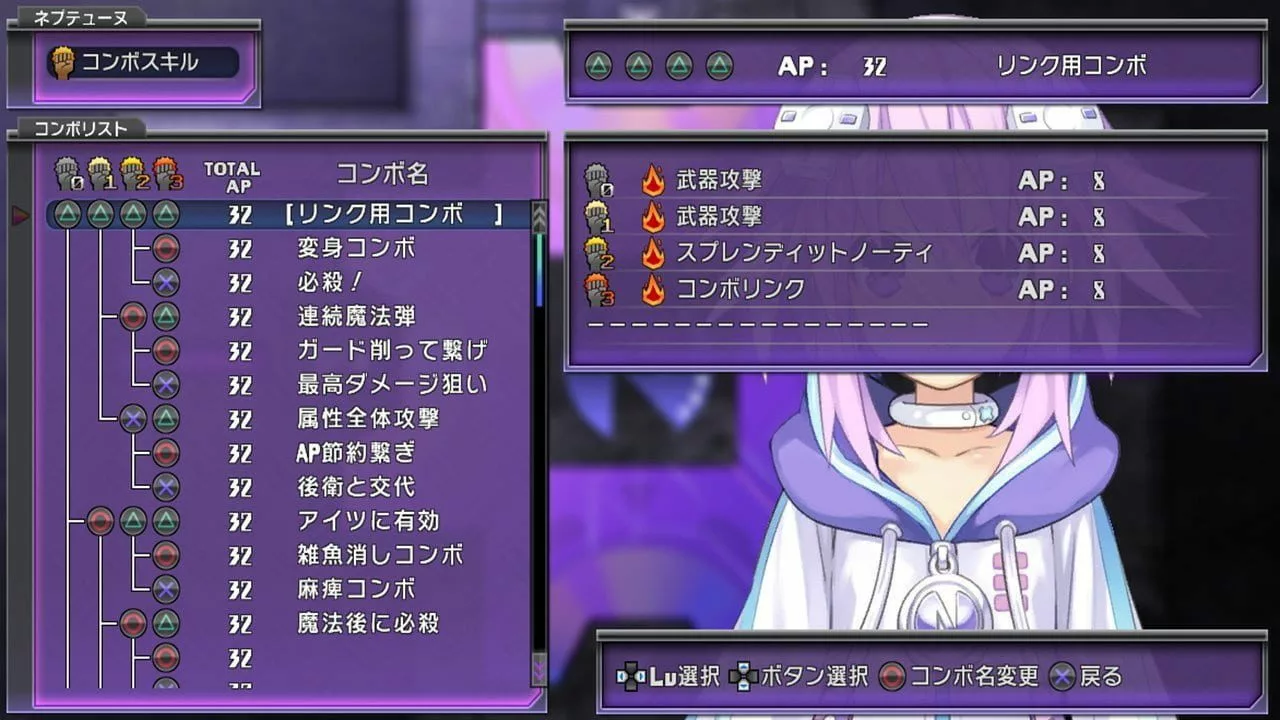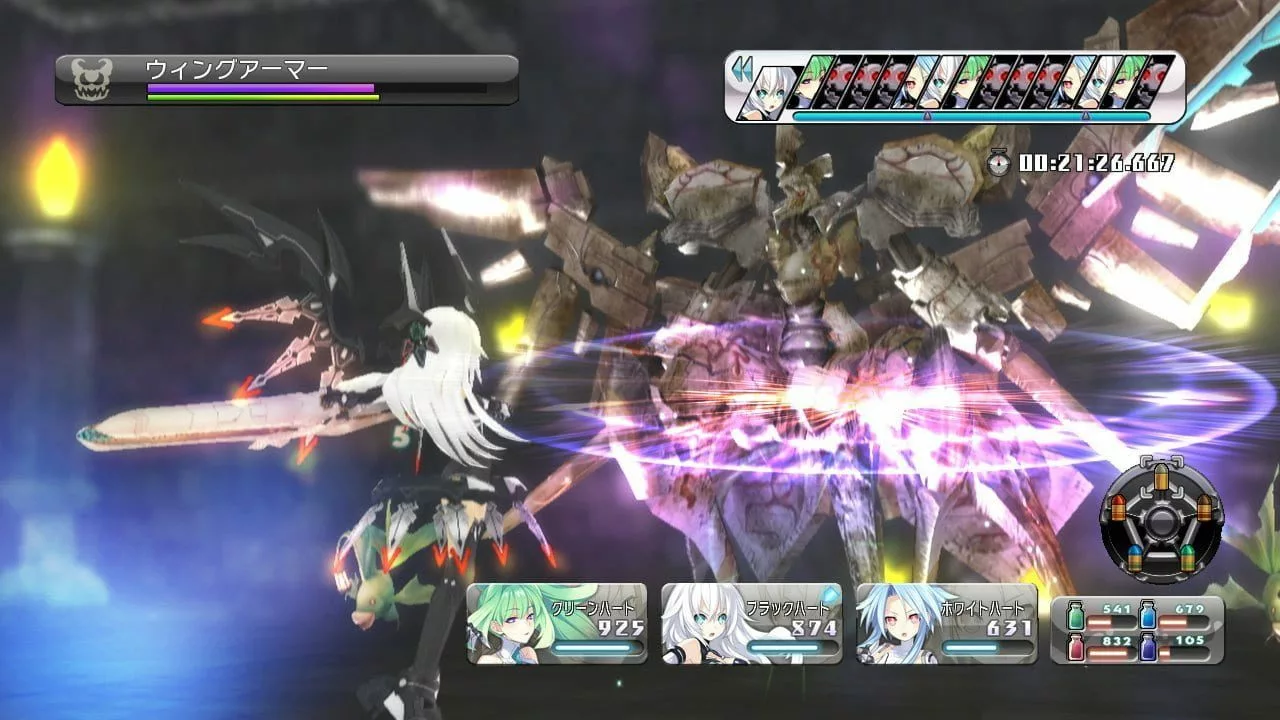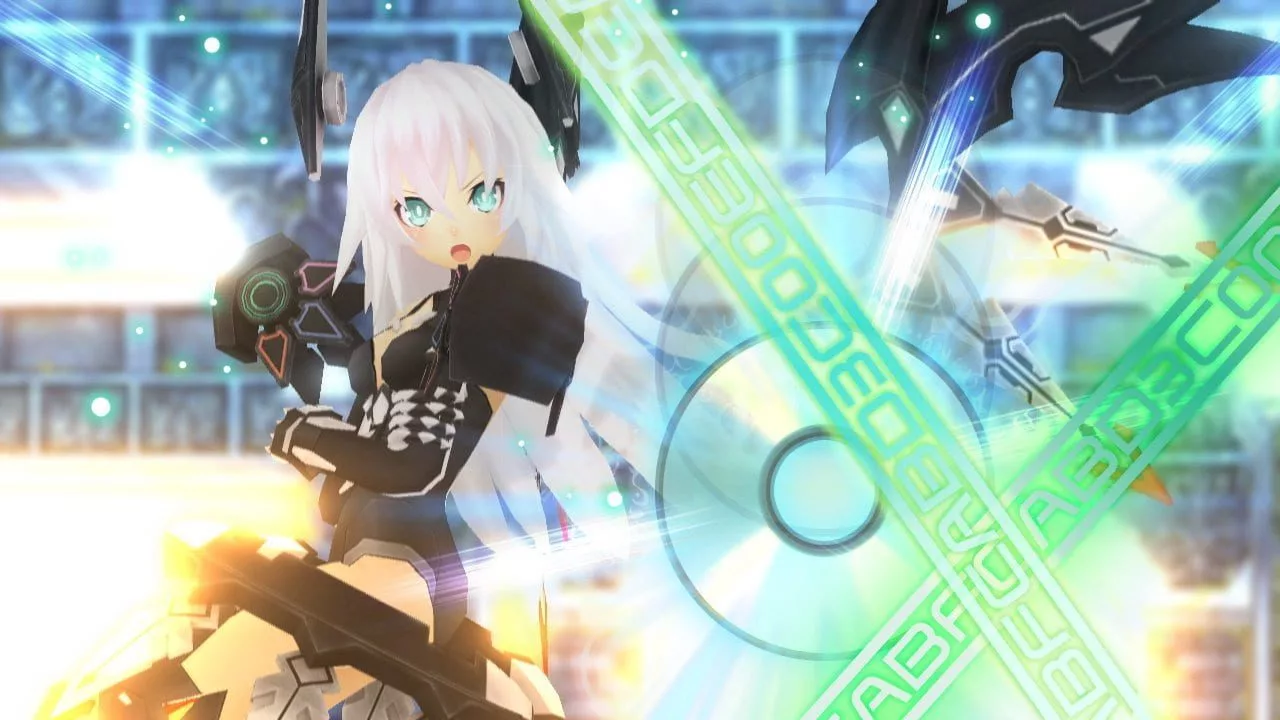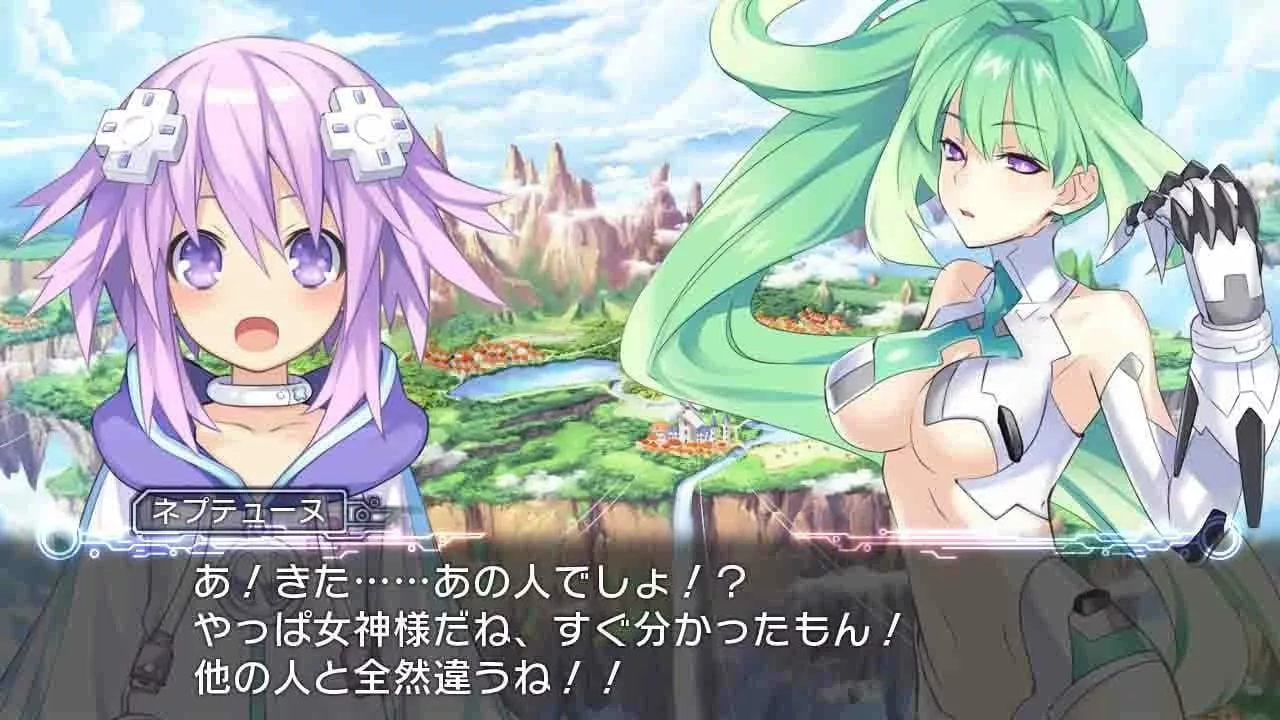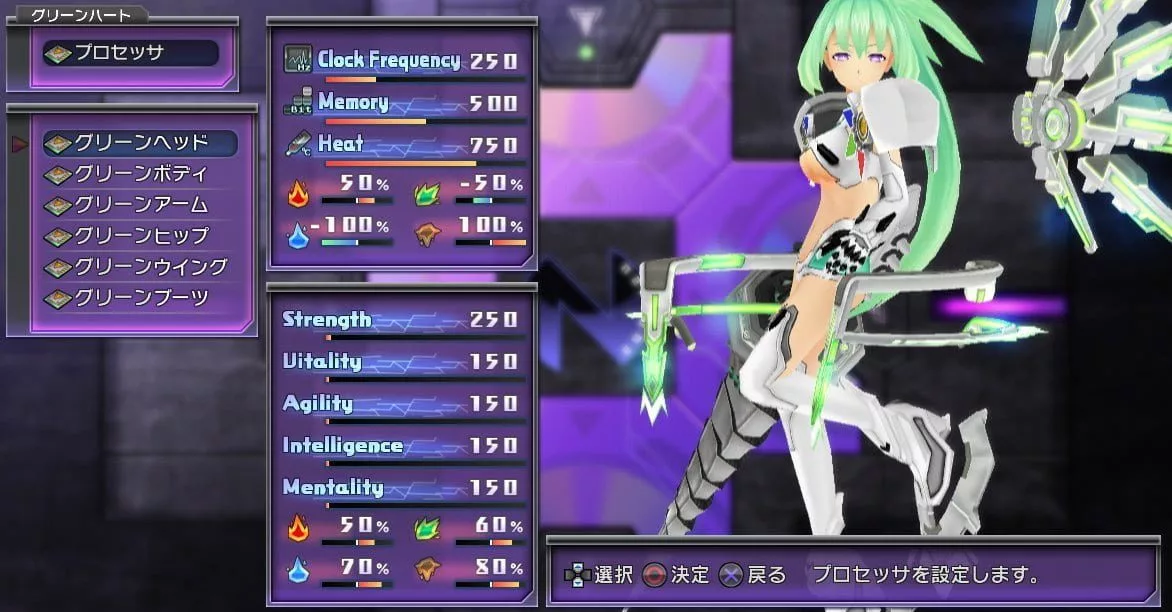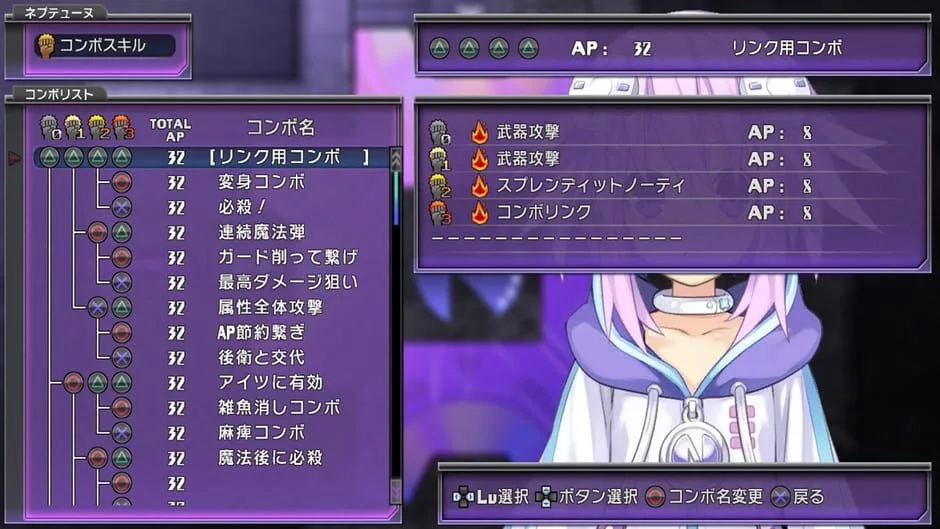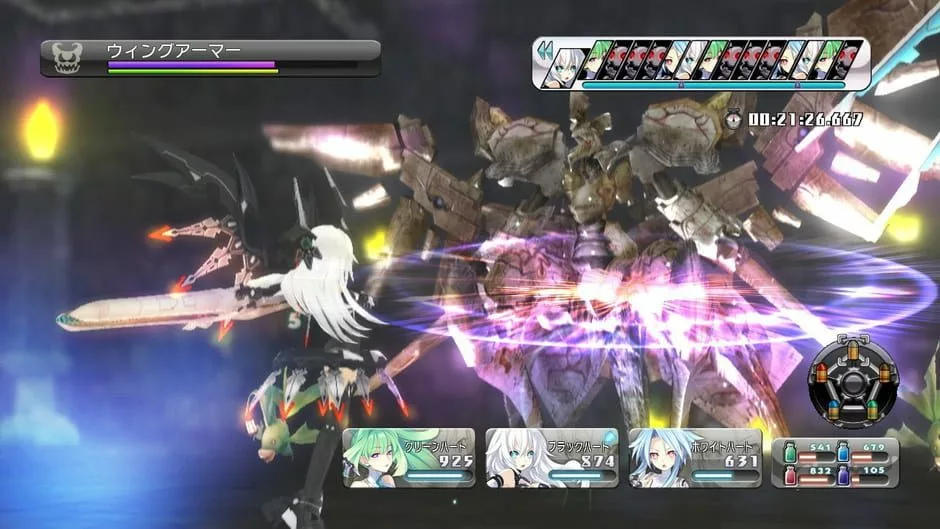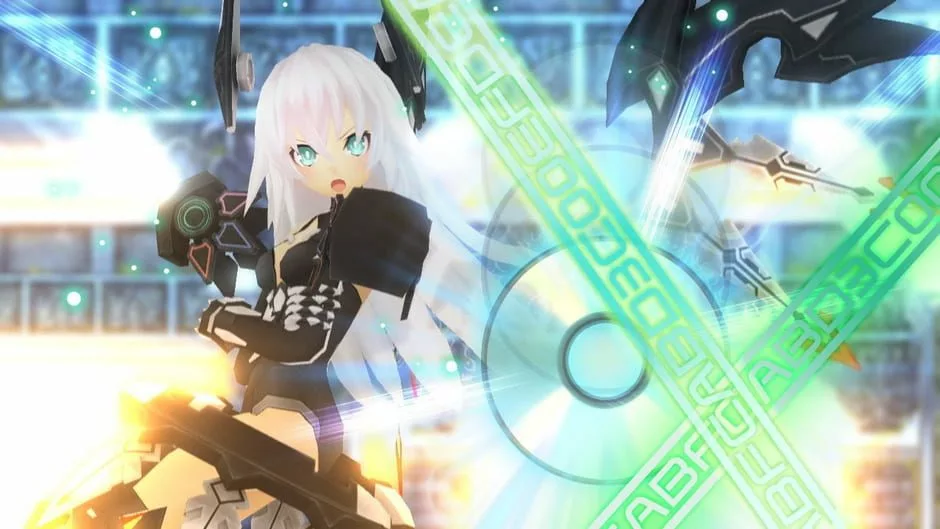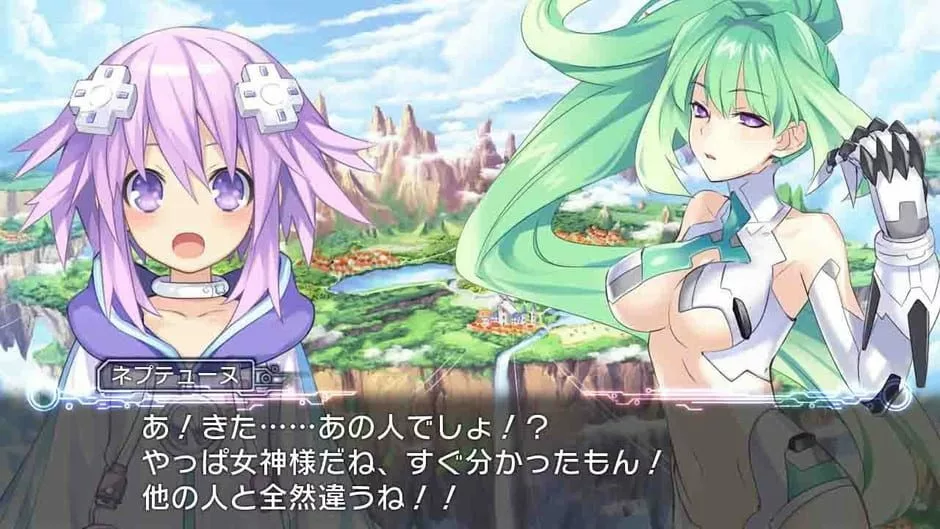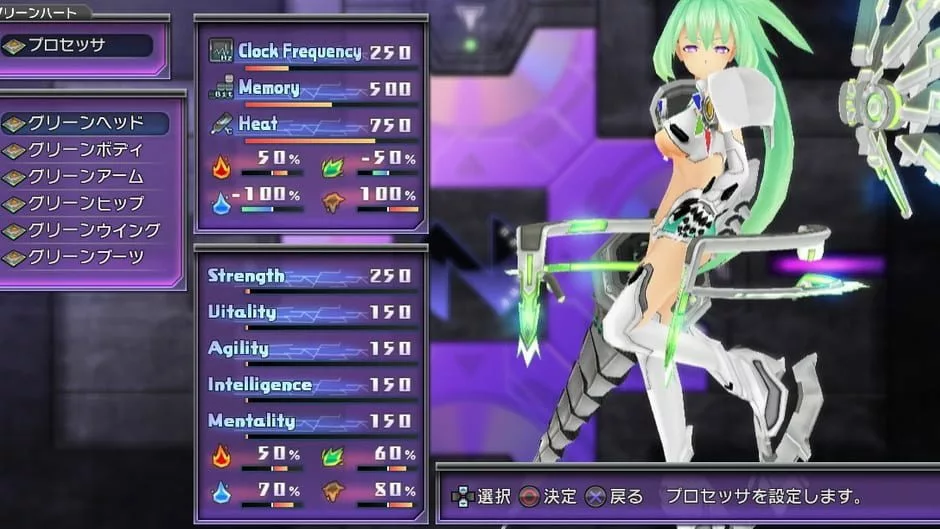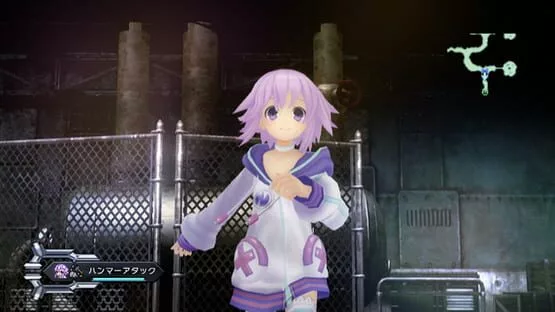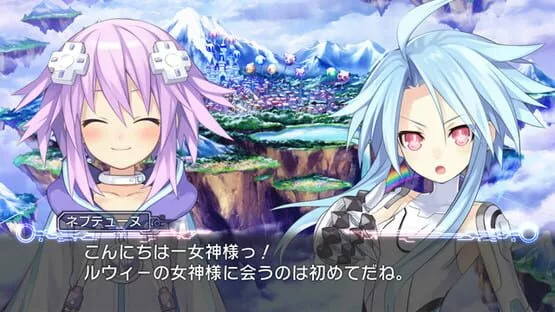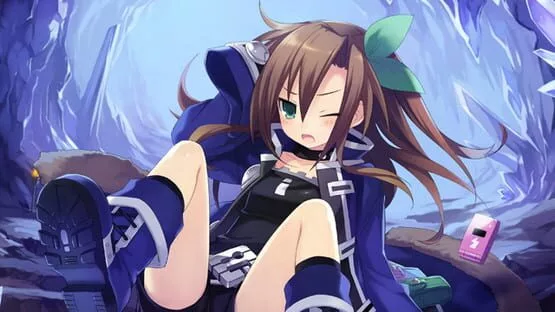
Hyperdimension Neptunia (2010)
Genres:Role-playing (RPG), Adventure
Themes:Action, Fantasy, Comedy, Science fiction
Game modes:Single player
Story:This unique RPG features game consoles personified as goddesses, CPUs (Console Patron Units), who you can customize visually with equipment to enhance their stats. Players take the role of Neptune and follow her quest to save the captive Histoire. This leads her to face the corrupt monsters ravaging the world of Gamindustri unleashed by the evil Arfoire.Show more
Vote to bring this game to GOG and help preserve it.80
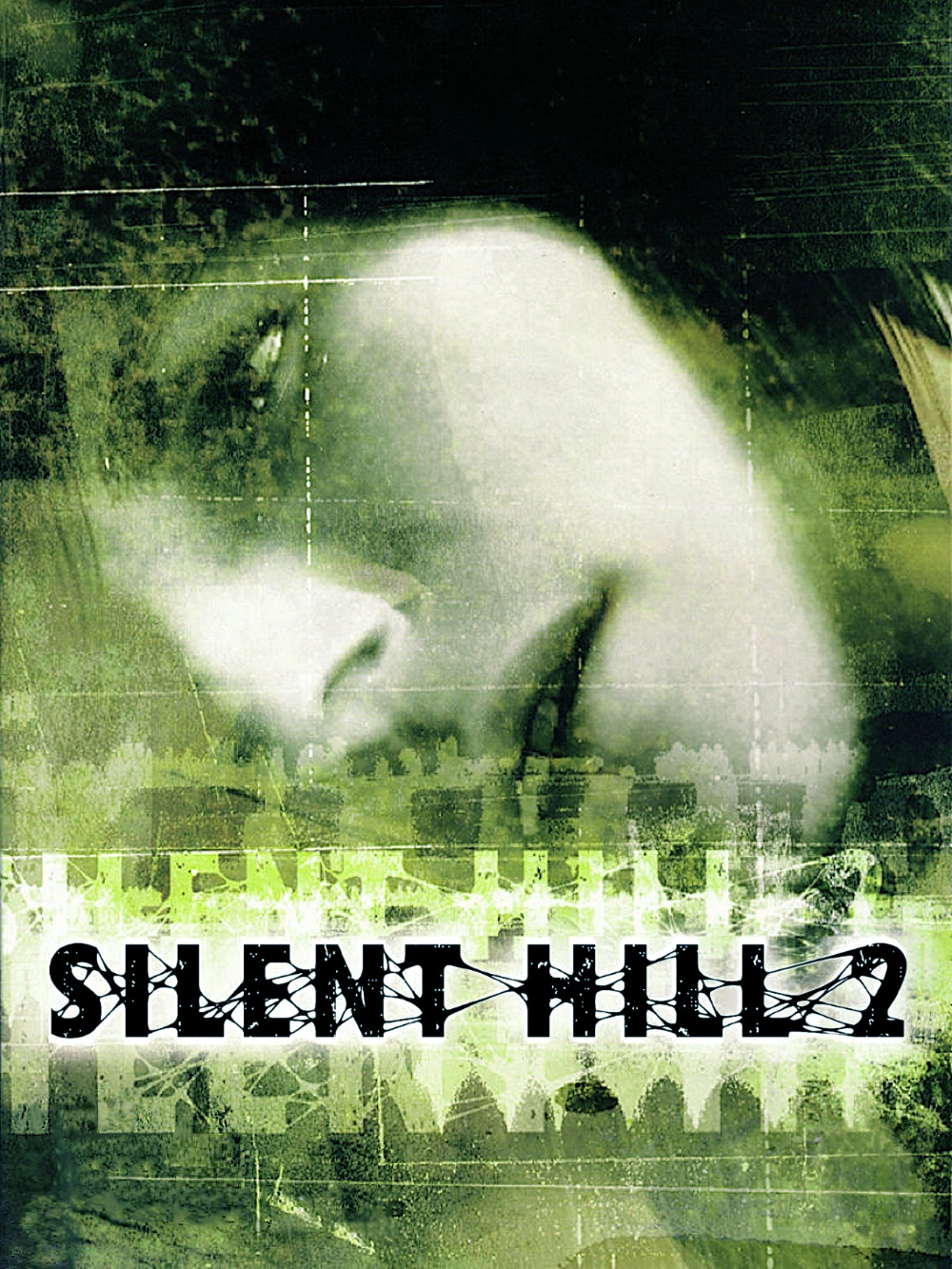
Silent Hill 2 (Classic)The second entry in the Silent Hill franchise, Silent Hill 2 is a narrative-focused third-person psychological survival horror game with emphasis on combat, exploration and puzzle-solving elements which follows James Sunderland, a man who receives a letter, seemingly sent by his three-years-deceased wife Mary, in which he is beckoned to the fog-ridden town of Silent Hill at the same time as numerous other people troubled by their past.Our Pick Top Trending Horror Survival Mystery Drama
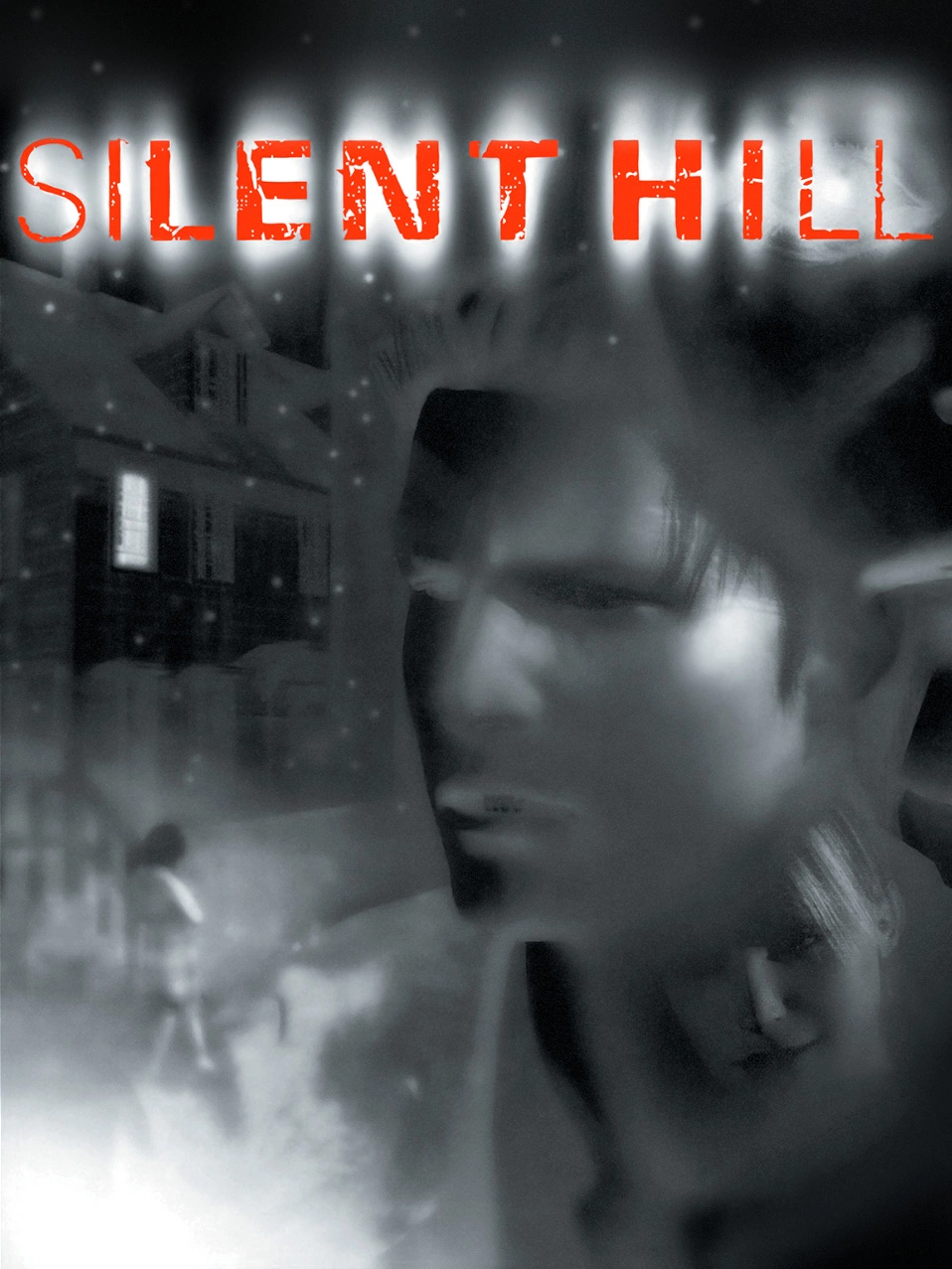
Silent HillSilent Hill is the first installment in the Silent Hill series of psychological survival horror video games. Unlike earlier survival horror games that focused on protagonists with combat training, the main character Harry Mason is an average man. The gameplay consists of combat, exploration, and puzzle-solving. The controller vibration is used to indicate Harry's heartbeat and will vibrate on low health. The player must regularly enter an inventory screen to check Harry's health, use items, and equip different weapons.Our Pick Top Trending Action Horror Survival
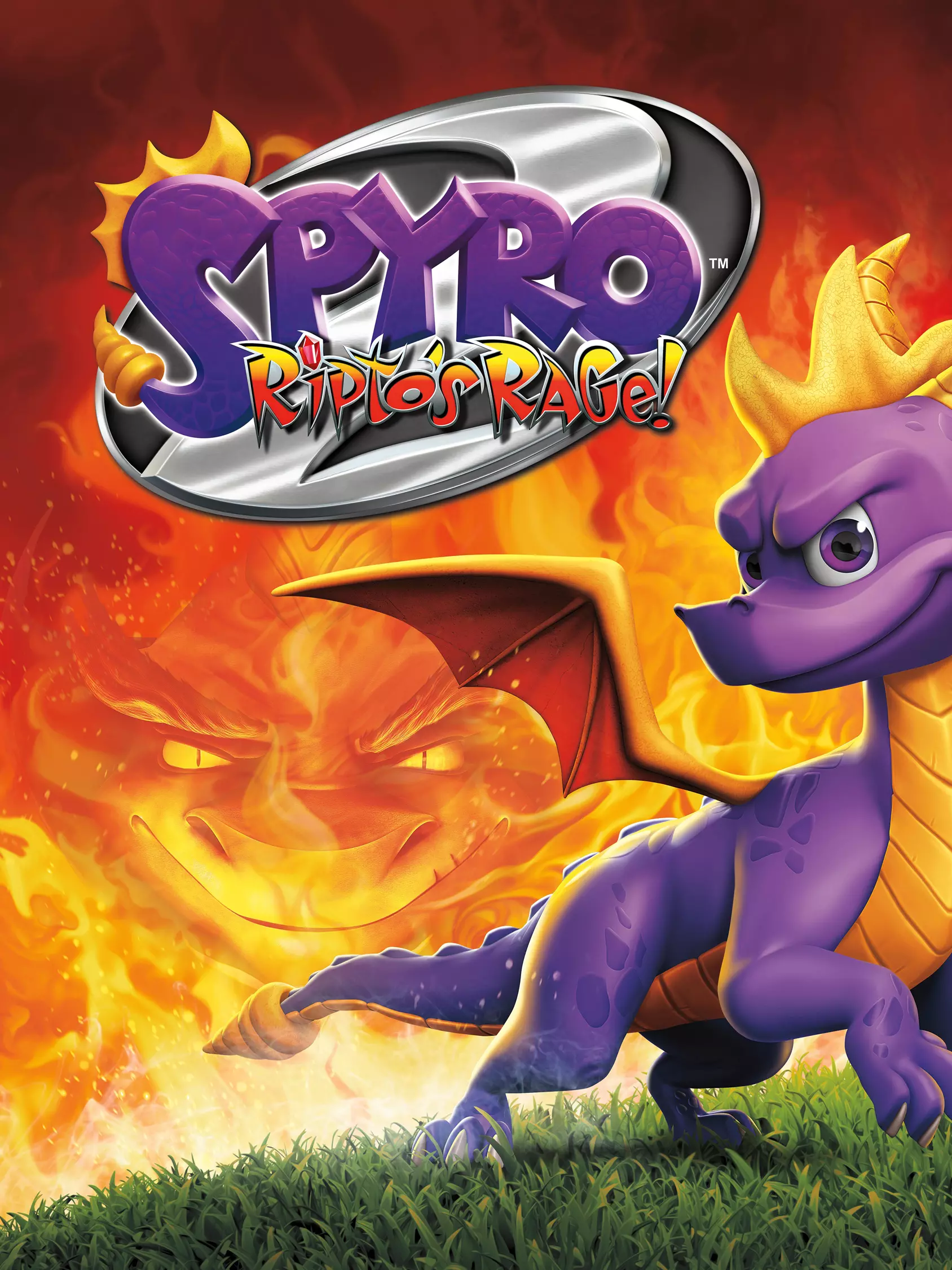
Spyro 2: Ripto's Rage! - Reignited TrilogySpyro has been brought to the land of Avalar to defeat the evil sorcerer Ripto who has brought war to Avalar’s Homeworlds. Each Homeworld is being held captive by Ripto and his minions, and it's up to Spyro to defeat them and bring peace to Avalar’s realms.

Spyro Orange: The Cortex ConspiracySpyro Orange: The Cortex Conspiracy is a handheld crossover title with the Crash Bandicoot franchise. It is the first Spyro game developed by Vicarious Visions. The development team has given the dragon a more traditional side-scrolling environment for his overworld instead of taking him back to his isometric exploits. But the scrolling platformer is only part of the experience. Spyro Orange focuses on dozens of mini-challenges for its gameplay, like a vertical shooter where Spyro floats around blasting sheep or collecting gems, a rapid-button-tapping challenge involving tug-o-war and ice cube creation, or driving around in a tank, or knocking out a series of bad guys in a Breakout-style challenge. The game supports link cable play for multiplayer challenges.
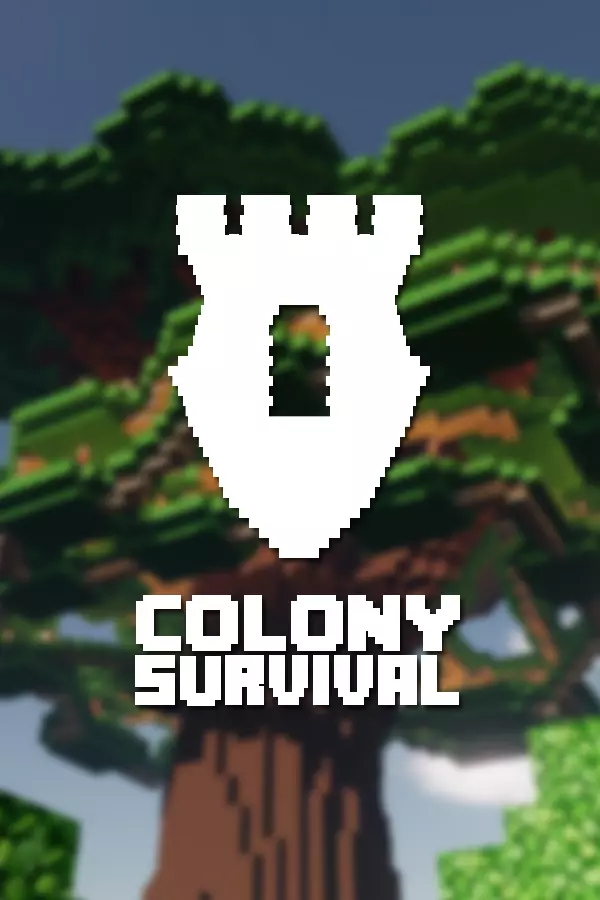
Colony SurvivalColony Survival is a voxel RTS developed by a two-man team. Build your own colony in a voxel world. Command guards, farmers, miners and other colonists. Defend your colony against the monsters that attack every night.Action Historical
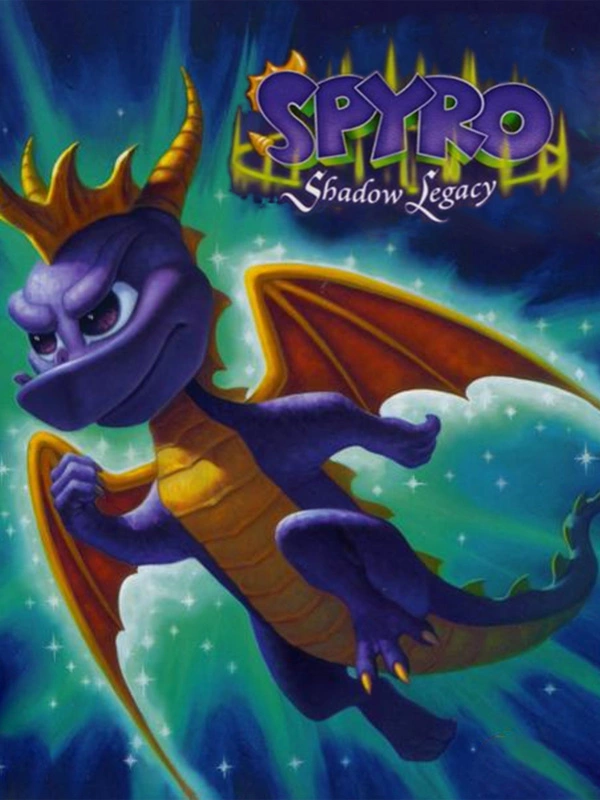
Spyro: Shadow LegacySpyro Shadow Legacy introduces role playing elements to the Dragon Realms, offering Spyro fans an "RPG light" experience with all new gameplay features. By fighting and defeating creatures in the game, players earn experience points that improve Spyro's strength and abilities. This RPG element allows players to use their experience to build Spyro’s new magical powers and martial arts combat abilities as the game progresses.
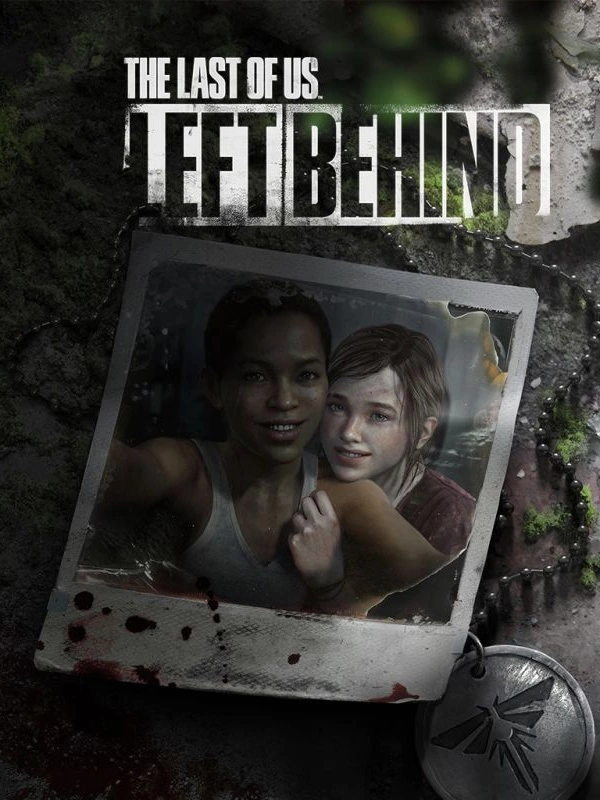
The Last of Us: Left BehindLeft Behind is the first single player DLC for the critically acclaimed survival horror game The Last of Us, developed by Naughty Dog.Action Horror Survival

Death GateDeath Gate is a classic adventure game from the much revered Legend Entertainment. The studio is known for developing games that include exceptionally well crafted puzzles and a wacky sense of humor which frequently breaks the fourth wall and plays to a wide assortment of offbeat puns. Moreover, the company has emerged with a winning streak of fantasy and sci-fi games based on popular literature adaptations. The most famous of these are Frederick Pohl's Gateway and Terry Brooks' Shannara.
In 1994, Legend Entertainment has chosen to adapt not 1 book but the whole series of 7 books by Margaret Weis and Tracy Hickman known as The Death Gate Cycle. The original release of the game even includes a special gift for fans of the book series, namely an exclusive short story written by the same authors that tells some of the history of the mysterious Assassin's Guild from the series.
In Death Gate, the player is cast in the role of a freshly freed Patryn—a young, brave wizard named Haplo. By his deeds in the Labyrinth, he has gained Xar's trust to be sent as a scout to the other 4 realms. The way between them leads through a mystical portal known as the Death Gate. For his journey, Haplo is handed not a single but several quests to complete. He must first explore the realms, learn about the new lands, and find the pieces of the World Seal that will allow the reformation of the world to its original whole. He must also retrieve as much of forgotten magical lore as he can, and find runes that will allow him to enter all the other realms. Finally, and most importantly, he must find out what has happened to the Sartan who seem to have vanished somewhere long ago, so that Xar will be able to bring them to the proper Patryn justice.
The game, by taking inspiration from the first 4 books, creates a certain unique experience for the player that stands out among other fantasy adventures. There is an unusually layered structure based on the initial premise of the 5 separate realms, since the consequences of the sundering run much deeper than mere differences in landscapes. From realm to realm life conditions vary enormously, including geography, history, fauna, flora and astronomical bodies. For each realm, the population is divided into very specific societies, although many attributes of each race remain common. Several royal families, powerful guilds, and wealthy, independent merchants all have their own specific goals and ambitions that are not at all connected to the grand schemes of the Patryn and the Sartan, which they mostly are unaware of at this time after centuries of their absence. The distinctiveness of each culture's circumstances and the individual diversity of the larger and smaller schemers within the cast of characters give a special magic and wonder to the proceedings in the game, especially when the player visits a new realm for the first time and starts exploring it. The worlds possess a mysterious, intriguing flavor, but with a touch of whimsical surprises from nearly everywhere. Each encounter with Xar between travels reveals more information concerning the whole mechanics that connect these realms.
Death Gate contains some exceptionally good voice acting. This is especially true for Henry Strozier who plays the role of Xar. He carries a low, charismatic, and authoritative voice that perfectly befits a character with a brave heart, long experience, deep wisdom, but a good share of arrogance. He shines for good measure too, since the player will spend more time conversing with his character than any other in the game. Haplo, who is only heard in conversations, voiced by David DeBoy, does not have a plain, uninteresting voice either. He sounds slightly arrogant and lordly like his master, but also rather youthful, yet manly enough to give an air of independency.
The MIDI music in Death Gate is very well done. The compositions are perfect for an epic fantasy setting. The tunes are often light and comforting, but they can change dramatically to a more majestic tone when visiting the king's palace and to a darker motif when exploring the undergrounds of Abarrach, the vicious Labyrinth, or the deadly Assassin's Guild.
Aside from Haplo and Xar, several other characters from the books also make an appearance in the game. Many of them, however, have been greatly simplified and reduced to only episodic roles with little development. Many major characters from the books are missing altogether, most notably Alfred, whose role is crucial in bringing out Haplo's characterization in the literary originals. On the other hand, some of the memorable archetypes from the books are used in new, interesting ways. For example, a boy named Bane has been recast into a different child with a different life and social standing, though both share a very similar personality. The character that stays most true to the canon is the whimsical, crazy wizard Zifnab, who appears in all his pun infested glory. In general, the plotlines are less violent and happier than those in the books, and the characters show less moral ambiguity.
Death Gate plays like a traditional point-and-click adventure game, but like a role-playing game it is as much about being free to explore the fictional world as about following a foreordained storyline thread. There is quite a bit of narrative text, diaries, historical documents, and dialogs to sieve through. They are all well written and are rather fascinating, since everything is directly connected to the quests the player needs to complete or the puzzles the player needs to solve. There is a fine dose of humor in the game too, but nothing so unsubtle that may distract from taking the main conflicts of the story seriously. From this stance, Death Gate is actually quite a departure from the largely comical gallery of previous game titles from Legend Entertainment.
The puzzles in Death Gate are a bit on the easy side, but the enjoyment they give is very well balanced by their ingenuity. The wealth of subplots, quests, plot twists, and deceptions add a lot of tension to the player's own proceedings. There is a certain logic and buttons based puzzle that is rather hard to beat. However, the player can ask for help from the game to solve it (or even skip over it). In general, the difficulty level of the game lies somewhere between easy and medium. The player can die in the game, but there is an option available to undo the player's last fatal action.
Comparison with the books quickly reveals some of the obvious budgetary or time constraints the developer must have faced during Death Gate's development. Pryan, the realm of fire, is build of elements taken not only of this realm in its original form but also of Chelestra, the realm of water. Consequently, the latter realm has shrunken to a very limited scope in the game. The smallness of Chelestra comes in the game as a particular disappointing revelation, since it is the last of the elemental realms that the player visits.
The interface used in Death Gate has evolved from the original Legend Entertainment's interactive fiction interface. There is an always available standard list of commands (such as Take, Look at, or Use) for the player to choose from, reminiscent of Lucasarts' SCUMM interface. In addition, extra action commands specific to an object appear when it is clicked. For example, when clicking on a door, apart from the standard list of verbs, there are added options to unlock, knock, or eavesdrop on the door. There are many actions which are not necessary to complete the game but which trigger funny responses specific to the situation. Altogether, the interface is a clever compromise between the sense of freedom achieved through a text parser and the simplicity of contemporary point-and-click style.
Gameplay in Death Gate draws on a few gimmicks that are typical of role-playing games. For some parts of the game, the player is able to have a party of several characters. There is also a process of collecting magical spells, even though they have been tweaked for solving puzzles instead of combat. A spell is constructed by connecting runes in a combination. After that, it is traced in the air by Haplo with his hands to bring the spell into motion. The player will be able to learn many spells in the game, mostly from the mensch. This is an important diversion from the canon, as the mensch from the books possess a different kind of magic altogether.
The high resolution graphics of the game will remind fans strongly of fantasy literature illustrated covers. The characters are beautifully detailed in high resolution, but rarely fully animated. However, their faces are always incredibly alive, especially in conversational close-ups. When exploring the game world, the player will notice many intricate but small animations in otherwise generally static sceneries. Major events occurring in the game are partially described in narrative text and partially presented as cut scenes. Sadly, the number of background illustrations in the game is a bit limited. All locations are shown from only a single point of view. Sometimes, the player is drawn to something interesting drawn at the edge of an illustration but is unable to look closely to find out more about it.Fantasy

DuneDune is a 1992 video game, based upon Frank Herbert's science fiction novel of the same name. Developed by Cryo Interactive, is the first of the Dune computer games. Dune blended adventure with economic and military strategy, and is considered by many the most immersive Dune computer game. Loosely following the story of the novel, the game casts the player as Paul Atreides, with the ultimate goal of driving the Harkonnen from Planet Dune, while managing spice extraction, military, and later, ecology through the native Fremen tribes.
As the player progresses, his troops are equipped with weapons from "crysknives" to atomics, tap into Paul's latent psychic powers, and get acquainted with such characters from the book as Chani and Liet-Kynes.Top Science fiction
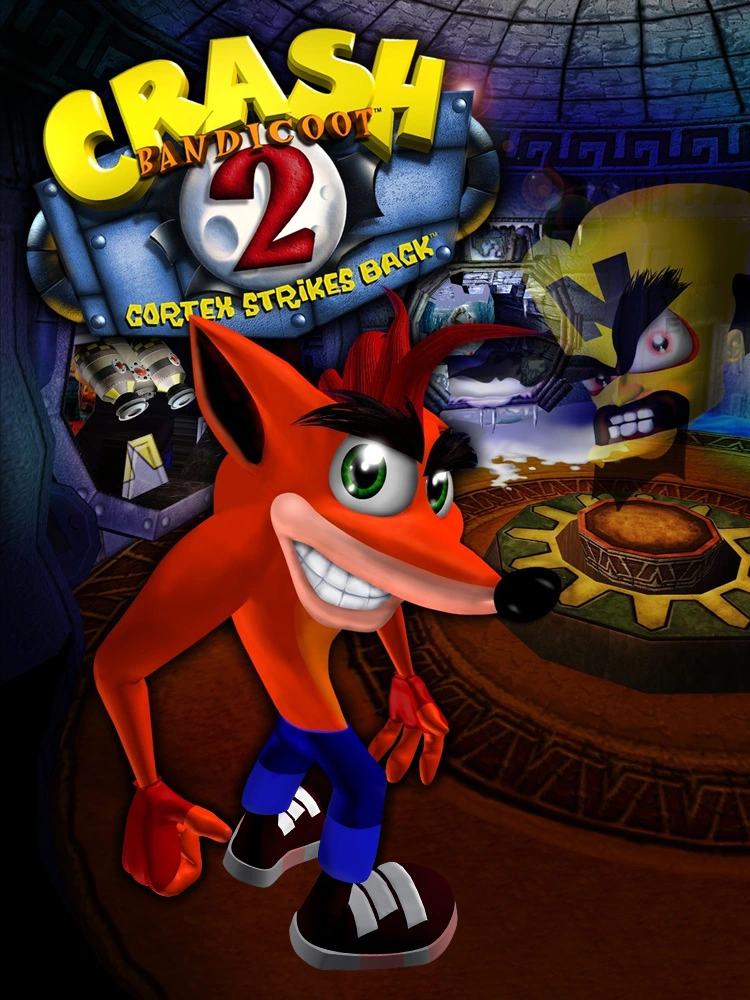
Crash Bandicoot 2: Cortex Strikes BackCrash Bandicoot 2: Cortex Strikes Back is the second game in the Crash Bandicoot series, and the sequel to the original game. The gameplay is largely similar to that of the original, as players make their way through a limited environment whilst breaking crates that contains bonuses. The goal of the game is to gather 25 crystals for Crash's nemesis, Doctor Neo Cortex. The crystals are scattered between 25 different levels accessible via Warp Rooms, which are hub areas of the game. A level is cleared by collecting its respective crystal and reaching the end of its path, which returns Crash to the Warp Room.Action Fantasy Comedy Science fiction

